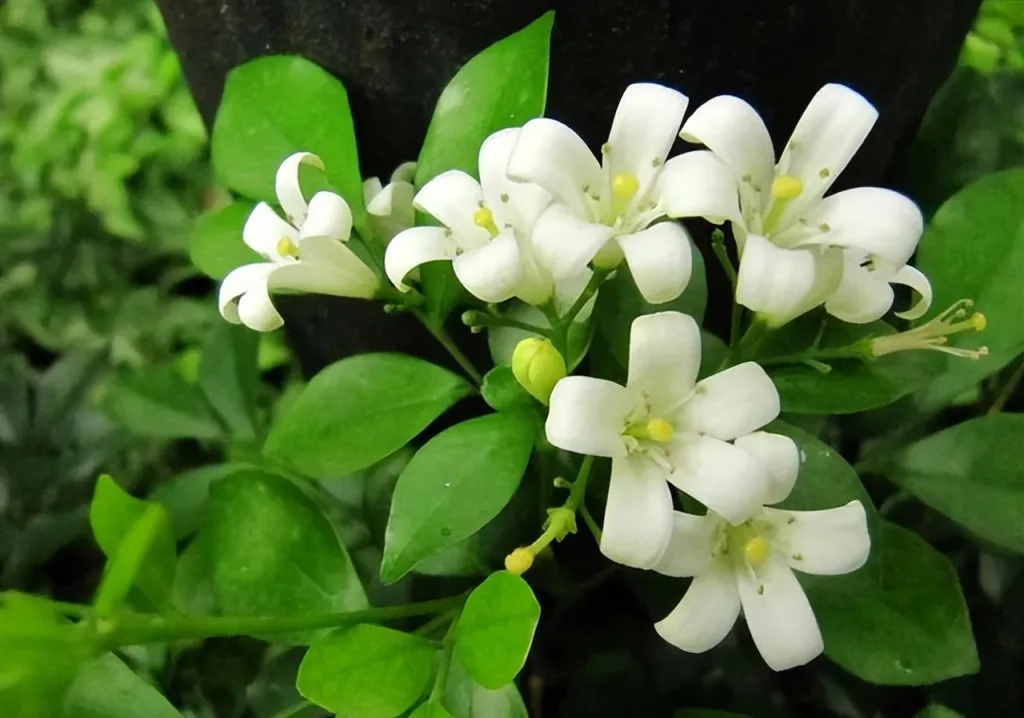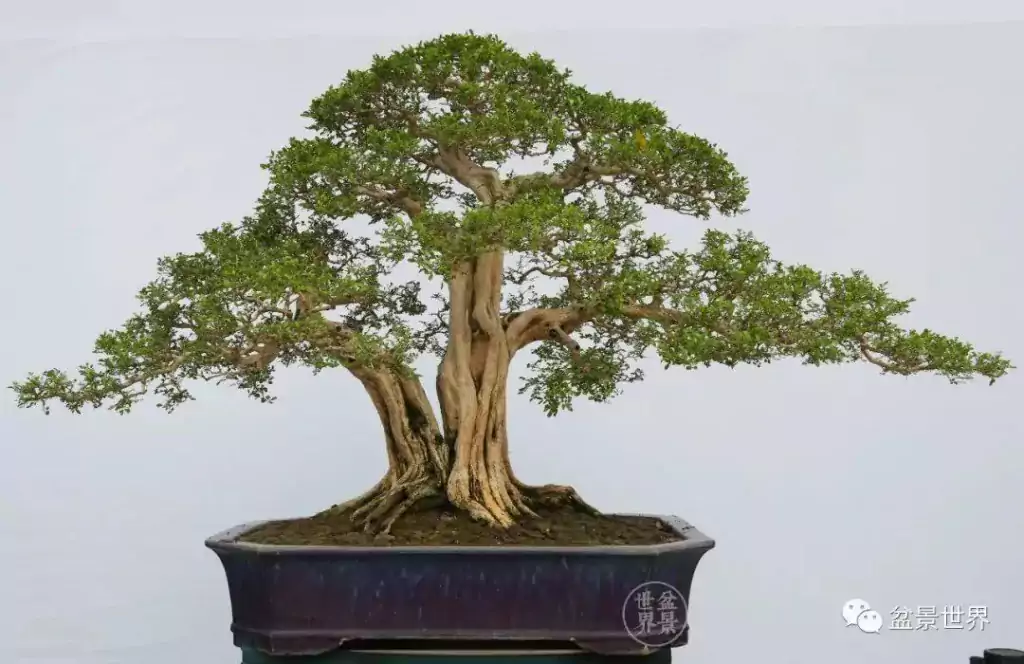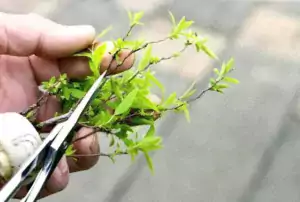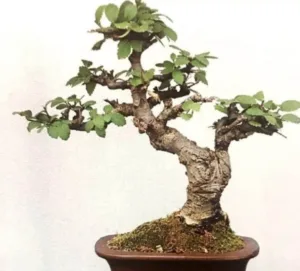
The Murraya Paniculata, commonly known as orange jasmine or orange jessamine, is not just a plant; it’s a symphony of nature that can be molded into a living piece of art. If you’re intrigued by the idea of having a bonsai version of this fragrant beauty, you’re in for a treat. Let’s dive into the world of the orange jasmine bonsai.

The orange jasmine is a tropical, evergreen plant known for its vibrant green foliage and delicate white flowers. Native to southeast Asia, it’s renowned for its sweet, citrusy fragrance that can waft through your garden, creating an atmosphere of serenity. But its beauty isn’t just skin deep. This plant is resilient, adaptable, and perfect for molding into a bonsai.
Key Features:
- Foliage: Lush green leaves that provide a dense canopy.
- Flowers: Small, white, and fragrant, blooming in clusters.
- Growth: Fast-growing, making it ideal for bonsai cultivation.
Crafting Your Orange Jasmine Bonsai

Step-by-Step Guide:
- Selection: Start by choosing a young, healthy orange jasmine plant. Look for one with a sturdy trunk and well-distributed branches.
- Styling: Decide on the shape you want for your bonsai. Whether you prefer the informal upright, cascade, or any other style, the flexible branches of the orange jasmine will accommodate your vision.
- Soil: A well-draining soil mix is crucial. Consider a mix of loam, sand, and compost in equal parts. This ensures adequate drainage while retaining essential nutrients.
- Potting: Once you’ve pruned and shaped your plant, it’s time to pot it. Choose a shallow bonsai pot that complements the size of your plant. Ensure the pot has drainage holes.

Special Considerations
- While the orange jasmine is adaptable, drastic pruning might stress the plant. Always prune gradually, giving the plant time to recover.
- Wiring can help achieve desired shapes, but ensure it’s not too tight to avoid damaging the branches.
Caring for Your Bonsai

- Placement: While the orange jasmine loves sunlight, direct afternoon sun can be harsh. A spot with morning sun and afternoon shade is ideal.
- Watering: Keep the soil consistently moist but not waterlogged. Water when the top inch of soil feels dry.
- Fertilizing: Use a balanced, liquid fertilizer every two weeks during the growing season. Reduce to once a month in winter.
- Maintenance: Given the robust budding nature of the Orange Jasmine, consistent pruning is crucial to retain its desired shape. Remove any dead or yellowing leaves to encourage new growth.
Key Pruning Techniques:
Pinching: Pinching off the tender tips of branches can suppress vertical growth and encourage the development of lateral branches.
Bud Picking: If numerous adventitious buds sprout on the trunk or branches of the bonsai, they should be promptly picked off. This prevents the emergence of forked branches, ensuring the tree maintains its beauty.
Branch Trimming: As the bonsai frequently produces new branches, regular trimming is vital to uphold its aesthetic form. Trimming depends on the desired shape. Branches that detract from the tree’s beauty, such as dead branches, parallel branches, or intersecting branches, should be removed promptly. Useful branches can be preserved until spring, around April to May, and then pruned in conjunction with shaping.
- Repotting: As a fast grower, your orange jasmine bonsai might become root-bound quickly. Consider repotting every 2-3 years.
- Pest Control: Keep an eye out for common pests like aphids and spider mites.
Crafting a Murraya Paniculata bonsai is a rewarding experience. With patience, care, and a touch of creativity, you can transform this fragrant beauty into a living masterpiece. Whether you’re a bonsai veteran or a newbie, the orange jasmine is a delightful addition to your collection.


